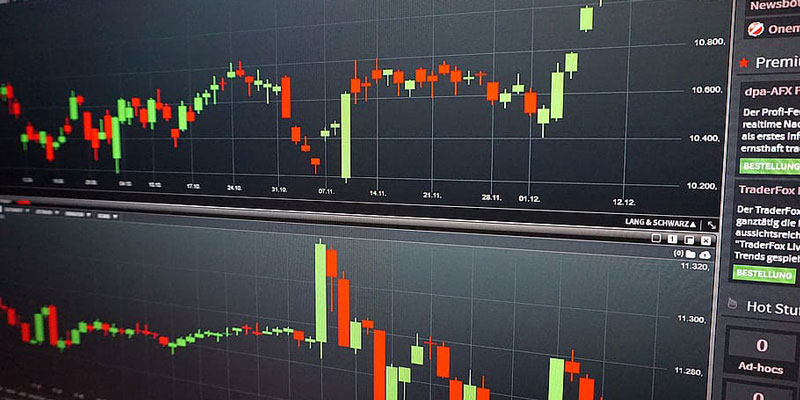
The interest rate is calculated using prime rates for credit cards, mortgages, and various other loans for consumers. The prime rate is the same in the United States. This rate is the same across all states and applies to all loans to consumers made from private lenders. Banks include profit margins in the prime rate to determine the exact rates the customers pay for loans. A reduction in the price of loans can encourage more people to take out loans because borrowing is less expensive.
The rate increases, however, increase the cost of consumer loans unless banks lower their profit margins sufficiently to cover the difference. For instance, the loan based on the prime rate of 2.5 percent with a profit margin of 2.5 percent would result in an interest rate total of 5 percent for the customer. When the interest rate decreases to 1.5 percent, the profit margin stays the same, and the interest rate is reduced to 4 percent. A reduction in repo rates stimulates banks to offer securities to the government in cash. This can increase the quantity of cash for general economy.
How Do They Link?
You've likely observed that bond interest rates are seldom stated in a single number. Instead, they're described using their relationship to the prime. For instance, a bank would not give you a loan at 12 percent (unless you select fixed-rate bonds; that's a whole different matter). They'd give you prime plus 1.75 percent. Why? Because these two numbers aren't the same thing.
The prime interest rate is often tied to bond interest rates, so financial institutions may keep their profit margins stable if the Reserve Bank adjusts the repo rate. When there is a rise in the repo rate, the prime rate and the amount you have to pay for your bonds also go up. If the repo rate is reduced, the prime interest rate will also drop, and you will benefit from the savings.
Understanding the Prime Rate
The prime rate refers to the rate commercial banks charge to their top clients who are creditworthy, typically large companies. The prime rate, also known as the prime loan rate, is dependent on the national fund's rate, which is the rate at which overnight loans are made that banks borrow from each other. Prime is the foundation or the starting point for the majority of other interest rates, including the rates for mortgages, small-business loans, or personal loans.

However, it may not be explicitly mentioned as a part of the interest rate that is eventually paid. The interest rates are a method to pay for the costs of lending and also serve as a way to compensate for the risk borne by the lender based on the borrower's credit rating and other financial information.
Determining Prime Rate
The risk of default is the primary factor in the interest rate that a bank will charge the borrower. Since the bank's most successful clients are not at risk of default, they can charge them a rate that is less than the rate they charge a borrower who is more likely to default on loans. Each bank has its interest rate, and there isn't any one rate that is the prime rate. The quoted rate is typically an average among the biggest banks with prime rates.
One of the most popular prime rates is the one published by the Wall Street Journal daily. However, other U.S. financial services institutions frequently keep track of any changes they observe that the Federal Reserve announces to its prime rate. They can use it as a basis for arguing against adjustments to its prime rates. These institutions are not required to increase their prime rates to align with the Feds.

Prime Rate and Best-Qualified Customers
The prime rate is generally available only to those most qualified, i.e., the least likely to default risk. Prime rates are not accessible to individuals in the same way as larger companies, for instance, companies and especially stable businesses. Even when the prime rate is determined at a certain percentage, for instance, 5 percent, a lender can still offer rates lower than 5% to qualified customers. Prime rates are utilized as a reference only, and even while it could be the lowest rate announced offered, it shouldn't be considered a mandatory minimum.



